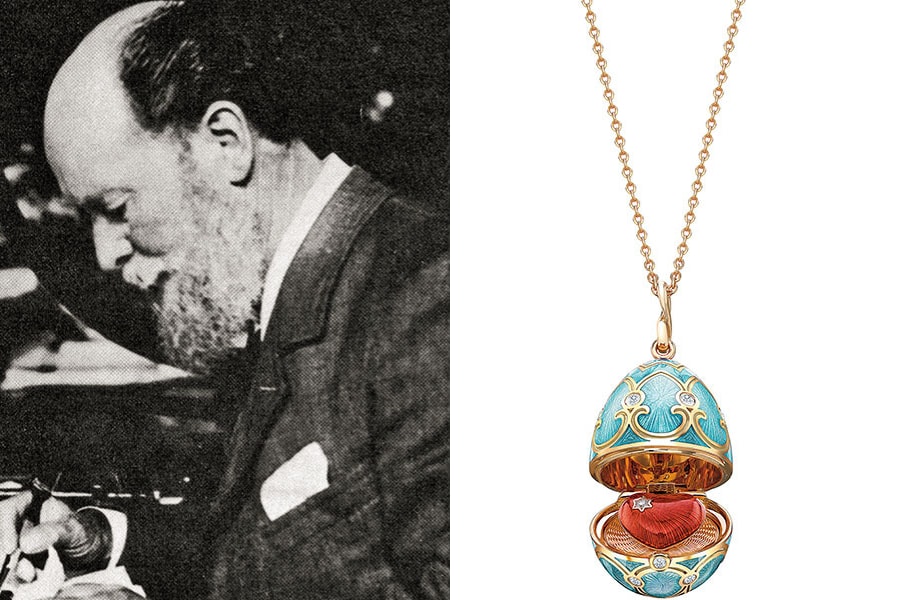
'Fabergé always pushed the boundary'
The legacy of Russian jeweller Peter Carl Fabergé, known for his bejewelled and intricate objet d'art, lives on a century after his death, says great-granddaughter Sarah Fabergé

September 25 marked the 100th death anniversary of Peter Carl Fabergé, the Russian jeweller who was a master of miniature mechanisms ensconced in the most intricate of bejewelled objects. He gained success and fame by creating the astonishing Fabergé Eggs for the Russian royal family in the 19th century. Known for their workmanship, artistry and element of surprise, these eggs have inspired jewellery and automatic movements ever since. Sarah Fabergé, great-granddaughter of Peter Carl, talks about the jeweller’s rise to success, his inspirations, and the legacy that continues to shape the work of the House of Fabergé. Edited excerpts:
Q How did the House of Fabergé begin in Imperial Russia, and how did it come to be so close to the royal family?
Gustav Fabergé started a jewellery company in St Petersburg in 1842. However, it was Gustav’s son, Peter Carl Fabergé, who took the company to international acclaim. As a trainee goldsmith, he served an internship at The Hermitage, where he saw and handled the treasures of the Romanov household. Some years later, the Fabergé company made a replica of a Scythian Treasure from The Hermitage collection and displayed it at an exhibition in Moscow in 1882. The fine workmanship caught the eye of Tsar Alexander III, and by 1885, Fabergé was ‘Goldsmith by special appointment to the Imperial Crown’.
So began the special commissions and the famous Fabergé eggs. Primarily a jeweller, Fabergé didn’t just make eggs but many other luxury items and accessories, including picture frames, timepieces, cigarette cases, table-top wear, carved hard stone figures, and many other items. Peter Carl described himself as an “artist jeweller” painting with coloured stones.
As success grew, the company opened branches in Moscow, Odessa, Kiev and London. It made perfect sense for the company to open in London because the Romanov family were related to the British royal family, and Fabergé [items] were popular gifts, not only among the royal families of Europe, but also eminent business people of the day.




 (From left) Peter Carl Fabergé; a pendant from the House of Fabergé
(From left) Peter Carl Fabergé; a pendant from the House of Fabergé
 Imperial Egg at the Coronation Carriage (Forbes collection), offered by Tsar Nicolas II to Tsarina Alexandra in 1897
Imperial Egg at the Coronation Carriage (Forbes collection), offered by Tsar Nicolas II to Tsarina Alexandra in 1897
 Translucent enamel egg, encrusted with 1,618 rose-cut diamonds, made in 1900 by Fabergé. It opened to reveal wind-up elephant that can walk and wag its trunk
Translucent enamel egg, encrusted with 1,618 rose-cut diamonds, made in 1900 by Fabergé. It opened to reveal wind-up elephant that can walk and wag its trunk





